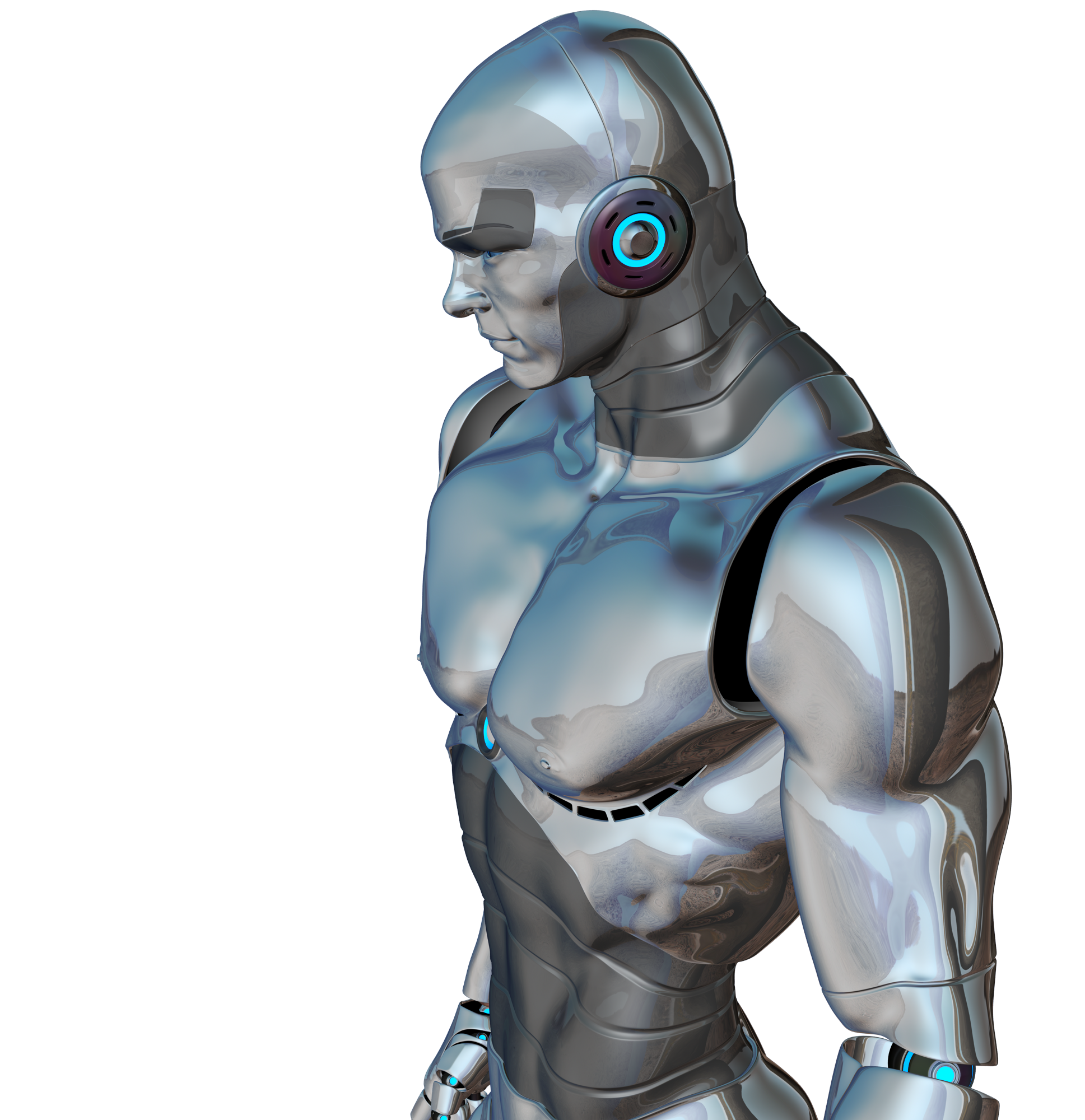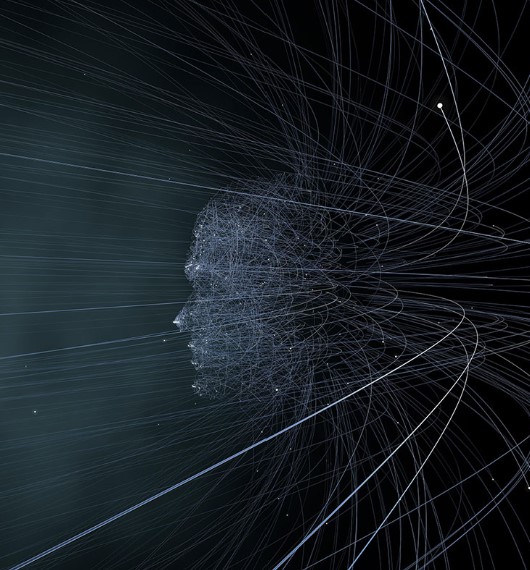Most of the time in your life, use Youtube, Google Search, for purposes you are thinking of. RATHER than going to Youtube, and being served by your recommendations. Let your technology serve you. Do not serve your technology your mind. Not yet on most things. Algorithms are not good enough yet. Algorithms are not good enough most of the time to serve you Youtube recommendations that will make your life happier.
 sampson
sampson
How to Make Decisions
You are a human, walking around in your environment. The environment is composed of ‘very tiny things’, quarks, leptons, electrons, and everything in this environment operates by laws of nature. Some of these laws, humans have defined, and some of these laws, we have not yet defined. For example, we have fully defined the laws behind what will happen when a ball flies through the atmosphere (Newton’s laws), but we haven’t fully defined all of the laws within quantum mechanics. We are constantly discovering and adding to our knowledge of the laws which govern this environment.
Your body is composed of the same things as the environment around you. You were formed from the environment, and your entire body operates by the same laws which govern the environment. Through evolution, and the mechanisms of natural selection, your current body has been formed in the environment from more elementary forms, and we are still advancing forward now. Picture yourself as below.

You are a human, composed of billions and billions of tiny things, and your environment is composed of the same billions of tiny things. You are one with your environment. You are navigating through this environment, as you sit, and as you walk around. You see the world through your eyes, and many things are common to you, but you only see wavelengths which your eyes have evolved to see. There is infinitely more happening around you, than what your eyes see, or than what you have learned so far on this Earth.
You are made of the same things as your environment
What is the grass made of? Elementary particles. What is the air around you composed of? Elementary particles. What is your body composed of? Elementary particles.

A form, a human, only takes place in this vast environment of particles because of the organization of the particles and forces between them, as above. You are a human because of the organization of the particles of your body, and a lion is a lion, because of the organization of particles. Time has passed, and through evolution, you have been formed from elementary particles, from ‘dust’. Your genetic organization of particles has been passed over millions of years, from birth to birth, and this is the form of particles you now take.
We can predict the future – The TV Show ‘Devs’ portrays this well.
In this environment, we can predict events in the future. Time is just a property of this environment. Time can be measured, just like a force or air pressure can be measured. Remember, all there is in this environment, is just elementary things, and forces and interactions between these things.
As we have discovered and written down some of the laws which govern this environment, we can use these laws to predict future events. For example, before you turn your heater on in your house, you can use the laws of heat transfer and thermodynamics, which we have discovered, to exactly determine the temperature rise at each location throughout your home over time. Or, as another example, before shoot a basketball, if you know and measure the amount of force you put on the basketball when it left your hand, you can use Newton’s laws to fully determine if the ball will go in the hoop. In order to predict future events, you need to know the laws in the environment which govern the event, and you need to measure the quantities (such as force on the basketball), related to the event (you need to have the data). As such, this applies across everything in this environment. Everything. If you know all of the inputs and outputs of the human body, and you know the electrical and chemical interaction between cells in our bodies, then you can determine our future. You need:
- Physics laws
- Data from the environment
Probability
The above two items are needed to fully predict an event in the future, but we also have probability for future events. Probability arises when the same event occurs more than once in the environment. When the event occurs more than once, and we record the outcome of the event, we can use probability to help the prediction of future events. We take for example, the flipping of a coin. It is true that if you knew the amount of force your finger put on the coin as it left your hand, you could fully predict the side it would land on, using the above two (physics laws and data). With probability, if you flip the coin 1000 times, or 5000 times, and record the result of each flip, you can use this repetitive event data to determine the probability of which side it lands, for the next flip (a future coin flip). The result here will be 50% probability for each side of the coin.
As another example, we can predict the probability of hitting an animal with our car, or having a car accident. At a certain location on a road, if you recorded every time a car hit an animal, you now have 1000 repetitive events. At another location on the same road, you collect the same information. You can then use probability, from this data, to determine the probability of hitting an animal at these two locations on this road. One location may have a higher probability than the other.
With probability, we cannot fully predict a future event, but we know the probability of a future event occurrence. Therefore, we are predicting the future to a certain probability. We can use this information to make decisions in life. If the probability of hitting an animal on a particular road is very high, you may choose to take another route to your destination.
Across this entire environment we are in, within our bodies and outside of our bodies, we could determine probability of events. The probability you will have a kid, the probability a certain neuron fires in your brain, the probability of getting a certain disease, the probability of rain in the future, or the probability of your crops growing.
The Past
In the past, we have events which have already occurred. Many times, we wish we had the data of a particular past event, but it was not recorded. It is true, that if we set up cameras, continuously recording, across the entire Earth, we would have all of the image data of all past events. We could then use this data to help make better decisions for the future. Each generation going forward would have access to this data.
The importance of having the data on events in the past is extremely high. Humans, in this environment, get into situations all the time, where there is disagreement on past events. Human’s eyes, plus our brains, are a camera and a memory card in themselves, but this memory card is subject to errors when we try to output the information. Likewise, our ears are audio recording sensors, or body and fingers are touch sensors, our noses and mouths are taste sensors, each of these being stored in the brain. Humans do not have a perfect memory, as machines do, and we bias past memories many times for our survival. Past events are just data. These are events which occurred, tiny particles which interacted, all governed by laws in the environment. Again, we have discovered some of these laws, and have not discovered certain laws. In order to determine what event occurred, we simply need the data, whether optical data from a camera, or temperature data, or pressure data, or other. As humans, we have a tendency to think that we can’t understand past events, but it is only a matter of having the data.
Going forward in the future, we could certainly record data on every event, in order to hold a database of all past events. Currently, in 2020, we do not have this full amount of data from all past events.
So then we ask, if we don’t have all of the data on past events, how do we determine what happened in these events? The definition of truth here, is a matter of physics, again, tiny particles in our environment interacting. What did these particles do during a certain event? How fast were they moving? What outside light sources (EM waves), or forces, or objects were interacting when the event took place?
->Even if we don’t have all of the data from past events, we can use the following to determine what happened with highest probability and rely on this. We could fully determine the past with enough computational power, but we don’t have this right now.
- Physics Laws
- Data from the environment
- Probability
Take the example of a card draw. Someone drew a card from a standard card deck five minutes ago, and you need to determine whether they drew a face card, or a number card. How could you determine what happened in the past? You could take a deck of cards in the present, and determine the probability of drawing a face card versus a number card. The probability of drawing a face card from a standard deck is 23%. The probability of drawing a number card is 77%. Then, since you didn’t have the data (image data, other) from this past event, you could make a decision based on probability, and say that a number card was drawn with highest probability. This is the best you could do, if you didn’t have other data from the environment during this event. This is using reproduction of events in the present, to determine the probability of an event occurring in the past.
We could also use physics laws to compute past events. Just as we can predict the future with physics laws, and for example, fully calculate whether a basketball will go through a hoop beforehand, we can also back calculate events. If I look at the basketball just before it reaches the hoop, and I know the basketball’s velocity, I can use the laws of the environment (physics laws), to determine where the basketball came from. I can calculate a past event.
So then, in this environment, we can use physics laws to calculate future events, and past events. We can also make decisions for future events and past events, based on probability. The events that most likely occurred in the past, or are most likely to occur in the future, are those with the highest probability.


